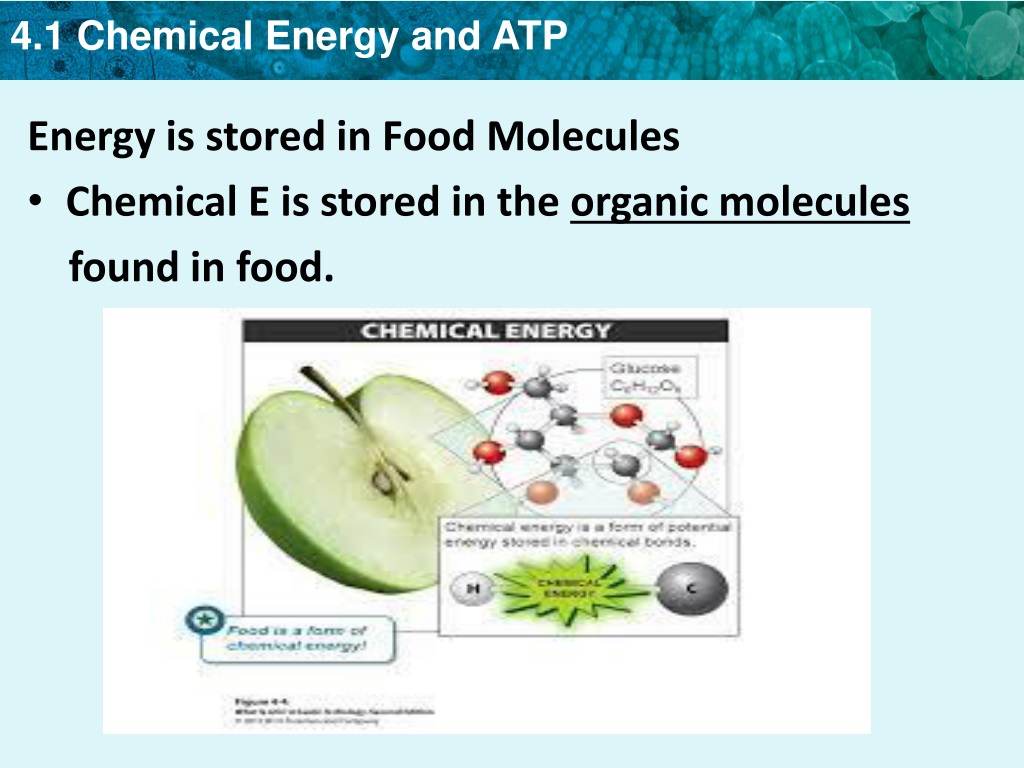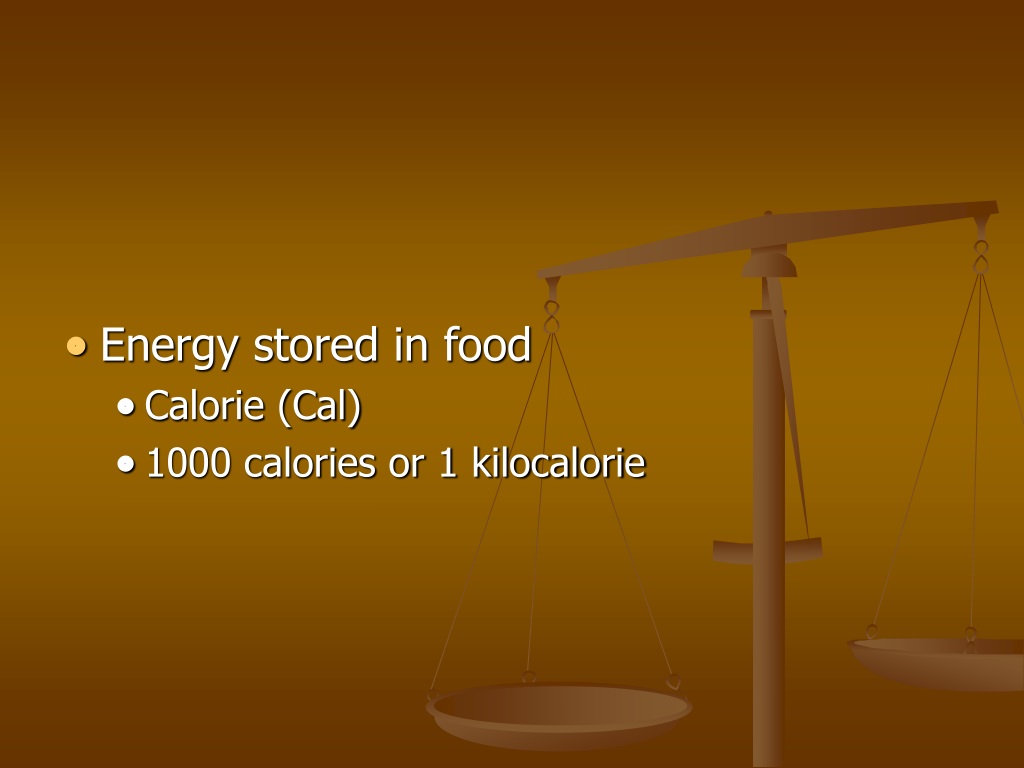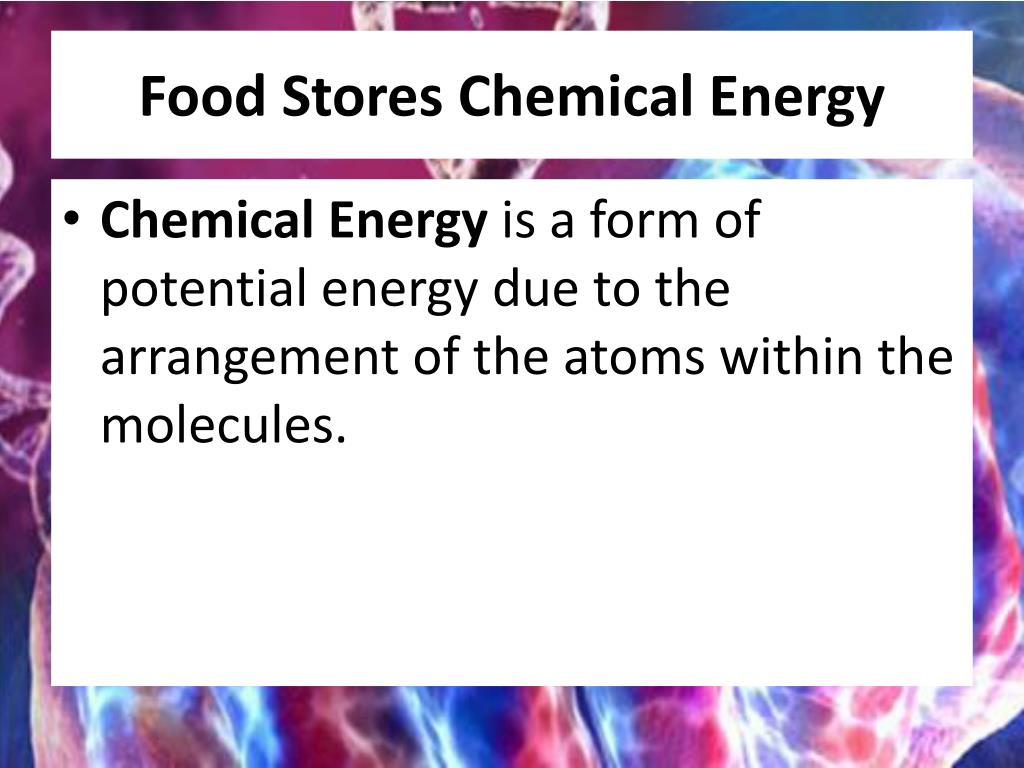Energy Stored In Food Would Be Considered

The global food system, long scrutinized for its environmental impact and nutritional disparities, is now facing a radical re-evaluation. A growing contingent of scientists and policymakers are advocating for a fundamental shift in how we account for the energy embedded within the food we consume. This paradigm shift could reshape agricultural policies, dietary guidelines, and even international trade agreements.
At the heart of this debate is the concept of "embodied energy" – the total energy required to produce, process, transport, and consume food. Understanding and accurately measuring this energy, proponents argue, is crucial for building a truly sustainable and equitable food future. This article delves into the complexities of this emerging field, exploring its potential implications and the challenges that lie ahead.
The Current Landscape
Currently, the focus on food typically revolves around caloric content, macronutrient ratios, and micronutrient density. These metrics are essential for understanding the nutritional value of food, but they fail to capture the full energy footprint. Ignoring this embodied energy, researchers argue, provides an incomplete and potentially misleading picture of food's overall cost.
Consider, for instance, industrially produced meat. The process requires significant inputs of feed, water, fertilizer, and fuel. Calculating the energy embedded in a steak, therefore, extends far beyond its caloric value.
Challenges in Measurement
Quantifying embodied energy is a complex undertaking. It requires accounting for every stage of the food supply chain, from fertilizer production to refrigeration and retail. Data gaps and methodological inconsistencies make comparisons difficult.
Dr. Emily Carter, a lead researcher at the International Institute for Sustainable Development, emphasizes the challenges. "Developing standardized methodologies for assessing embodied energy is paramount. Without a clear framework, comparisons between different foods and production systems become unreliable."
Arguments for Change
Advocates for incorporating embodied energy into food assessments cite several compelling reasons. Firstly, it can help identify and address inefficiencies in the food system. Pinpointing energy-intensive processes allows for targeted interventions to reduce waste and improve sustainability.
Secondly, it can inform more sustainable dietary choices. By considering the energy footprint of different foods, consumers can make more informed decisions that align with environmental goals. This could incentivize a shift towards less energy-intensive diets, such as those emphasizing plant-based foods.
Finally, incorporating embodied energy into policy can promote fairer trade practices. Countries with more efficient agricultural systems could be rewarded, while those with less sustainable practices could face pressure to improve. This could foster a more level playing field and incentivize greater environmental responsibility.
Potential Impacts
The widespread adoption of embodied energy assessments could have far-reaching consequences. Agricultural subsidies could be re-evaluated to favor less energy-intensive farming methods. Food labeling could be expanded to include information about embodied energy, empowering consumers to make more informed choices.
International trade agreements could also be reshaped to account for the energy embedded in food products. This could lead to new tariffs or other measures designed to promote sustainable agricultural practices globally. The potential for disruption in existing trade patterns is significant.
Concerns and Counterarguments
Not everyone is convinced that incorporating embodied energy is a beneficial approach. Some argue that it could lead to unintended consequences. For example, focusing solely on energy efficiency might overlook other important factors, such as biodiversity, soil health, and social equity.
Furthermore, accurately measuring embodied energy across complex global supply chains presents significant logistical challenges. Critics also point out that it could disproportionately impact developing countries, which may lack the resources to implement more energy-efficient agricultural practices.
According to a report by the Food and Agriculture Organization (FAO), "The complexity of global food supply chains necessitates a cautious approach. Implementing policies based solely on embodied energy assessments could have unintended and potentially harmful consequences for vulnerable populations."
Moving Forward
Despite the challenges and concerns, the movement to incorporate embodied energy into food assessments is gaining momentum. Researchers are developing more sophisticated methodologies for measuring embodied energy, and policymakers are beginning to explore its potential applications. Collaboration between scientists, policymakers, and industry stakeholders is crucial for ensuring that this approach is implemented in a fair and effective manner.
The future of food policy may very well hinge on our ability to accurately measure and account for the energy embedded within the food we consume. As Dr. Carter notes, "This is not simply about reducing energy consumption; it's about creating a more sustainable, resilient, and equitable food system for all."
Ultimately, the successful integration of embodied energy into food systems requires a holistic approach that considers both environmental and socio-economic factors. This requires open dialogue and a willingness to adapt and refine policies as new data and insights emerge. The path forward is complex, but the potential rewards are significant.














.jpg)



